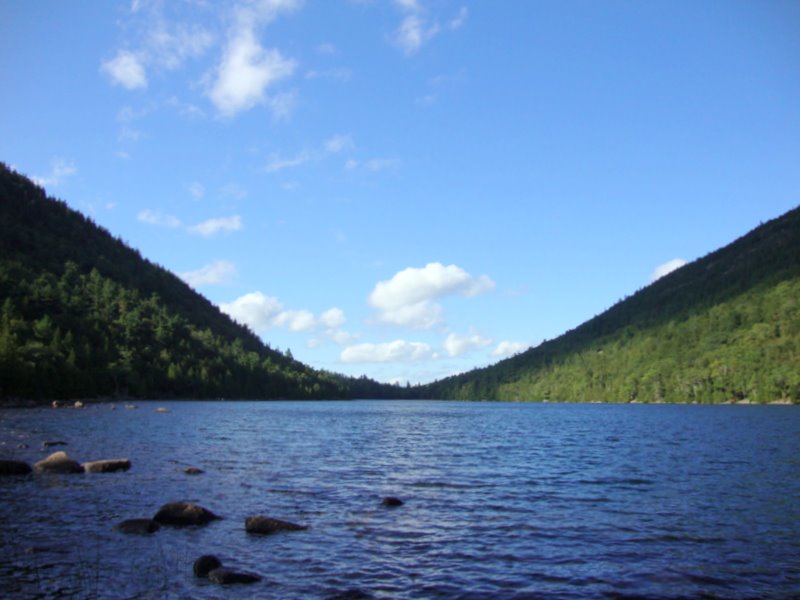While in Maine, I took some nice photos of the boundary between the beach and the sea:
It made me think of something I saw a long time ago (maybe on 60 Minutes?) about a scientist who thought deeply about coffee spills on his countertop. The power of the internet helped me locate Sidney Nagel, a physicist who studies the physics of drops, why things get “jammed”, and why a coffee spill leaves a dark ring after it dries.
Is there any way to predict the kind of edge this water will make as it crawls up the beach? Is there any order in this chaos? If this inspires you to great scientific accomplishment, please remember where you got your start.






